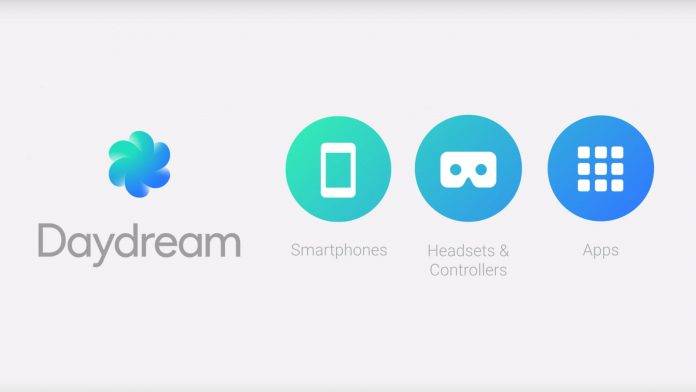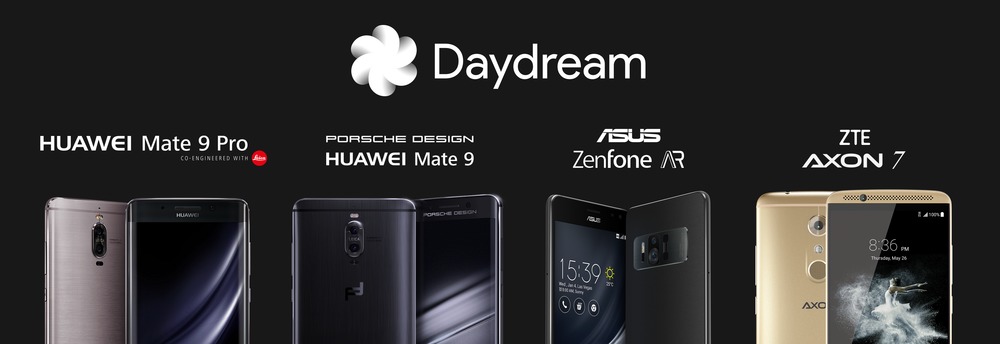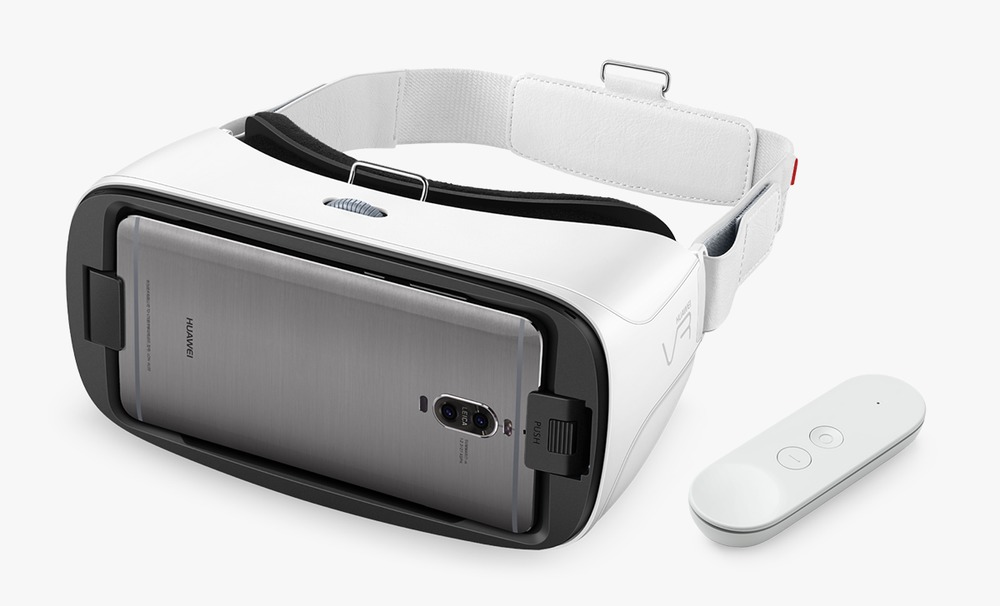
As chipsets and processors become more powerful and capable, more and more devices are becoming capable of giving a great virtual reality experience. Particularly, Google’s Daydream VR still has a stringent standards list for a device to be marked as Daydream-capable. Fortunately, four devices are now certified for Daydream VR – the ZTE Axon 7, the new Huawei Mate 9 and Mate 9 Pro, and the recently announced ASUS Zenfone AR.

Remember, Daydream VR requires high resolution displays, robust graphics support, and precise sensors for head tracking and other actions. It seems that all of these relatively new phones fit the bill. The “oldest” phone among these, and probably the most affordable as well, is the ZTE Axon 7. It was launched around June 2016, and has a quad-HD 5.5-inch AMOLED display powered by a Qualcomm Snapdragon 820 chipset. You can get an Axon 7 at around USD$399.

The Huawei Mate 9 and Mate 9 Pro are more recent phones. They have WQHD displays and are powered by Huawei’s in-house flagship chipset, the Kirin 960. Also, Google is accepting the upcoming Huawei VR headset as Daydream-ready, so you can use it in tandem with your Huawei Daydream-ready device.
Lastly, the newly announced ASUS Zenfone AR has been turning heads all around. This device will have a 5.7-inch WQHD Super AMOLED display powered by a Snapdragon 821 chipset and a whopping 8GB of RAM. Apart from Daydream VR, this device will also play nice with Google’s Tango AR technology, so you’ll be getting a 2-for-1 treat with the Zenfone AR.
SOURCE: Google










It should be noted that according to the Google post not the regular Huawei Mate 9, but the Porsche Design Huawei Mate 9 is a Daydream certified device.
The regular Mate 9 has a FHD (and IPS) display, not a WQHD (and AMOLED) display like the Porsche Design Mate 9 and Mate 9 Pro.